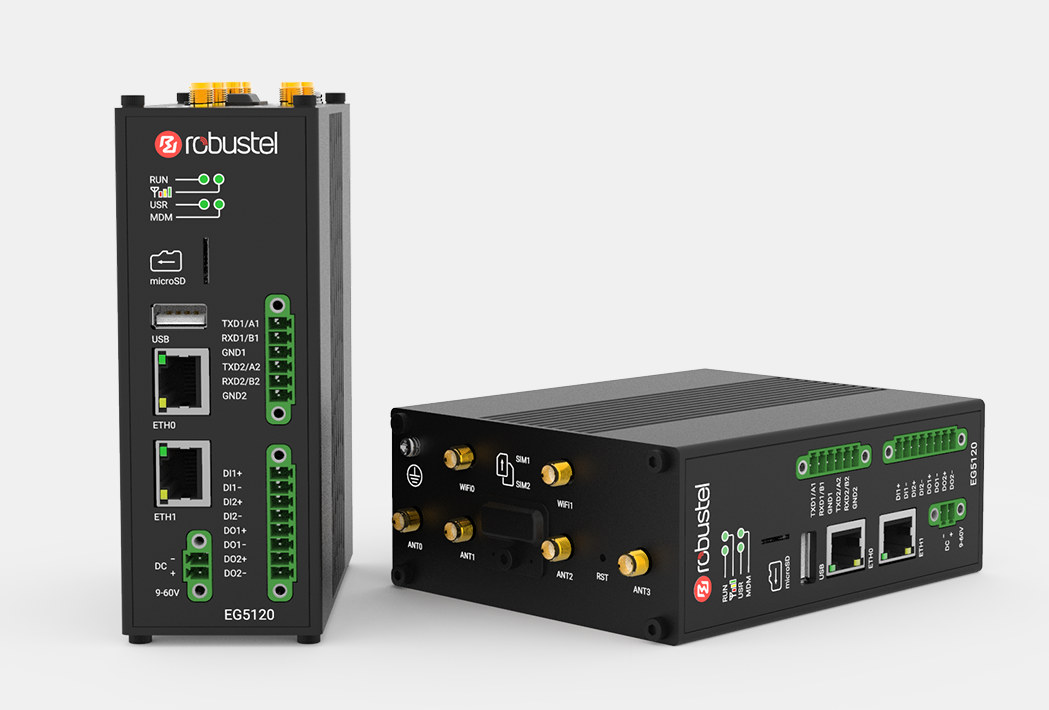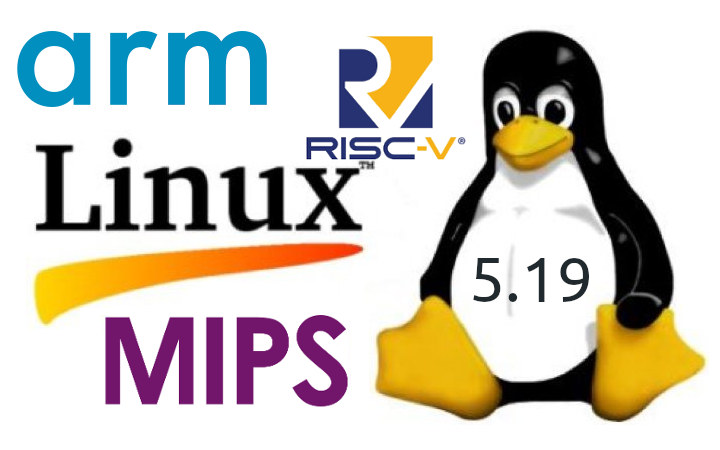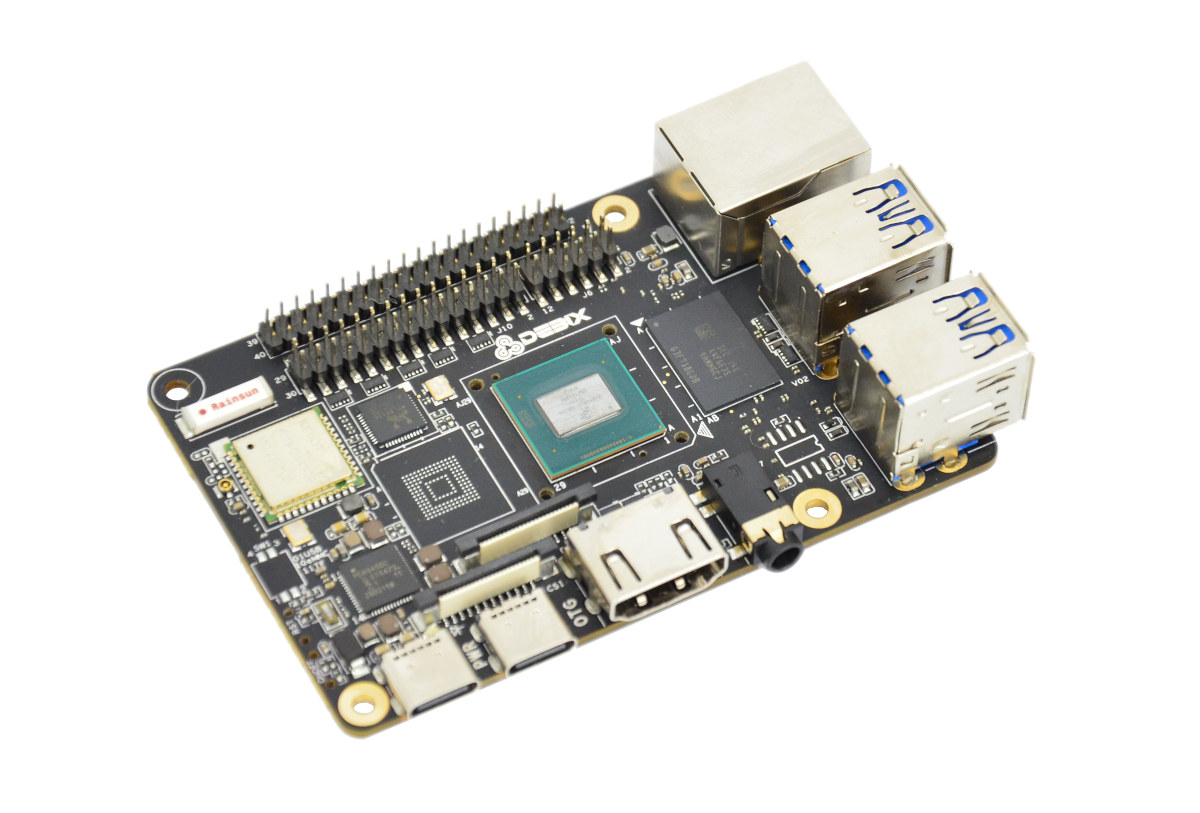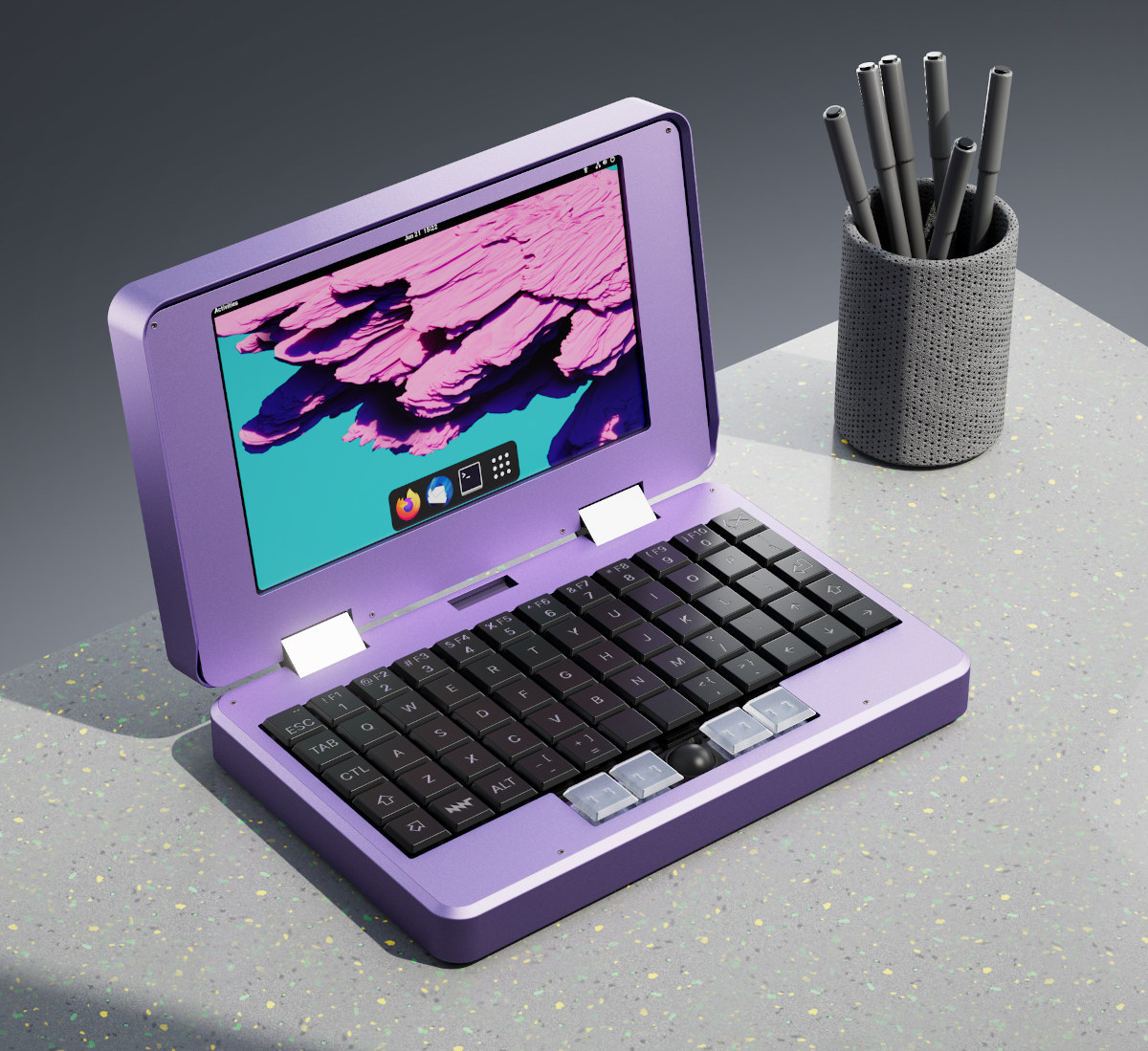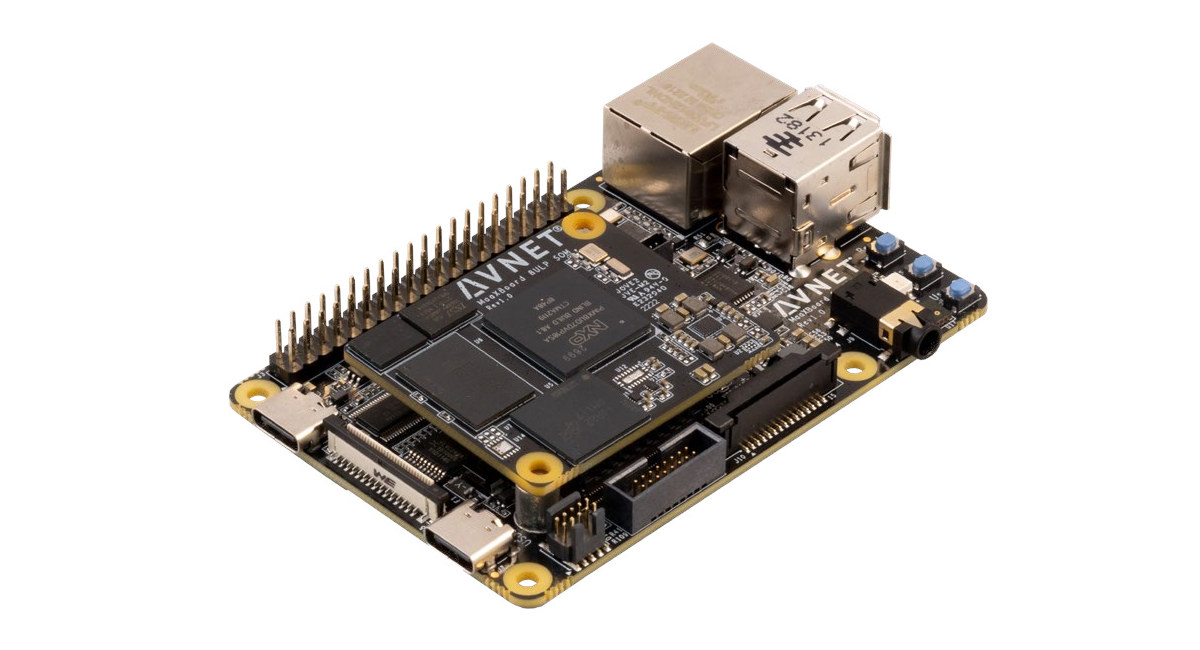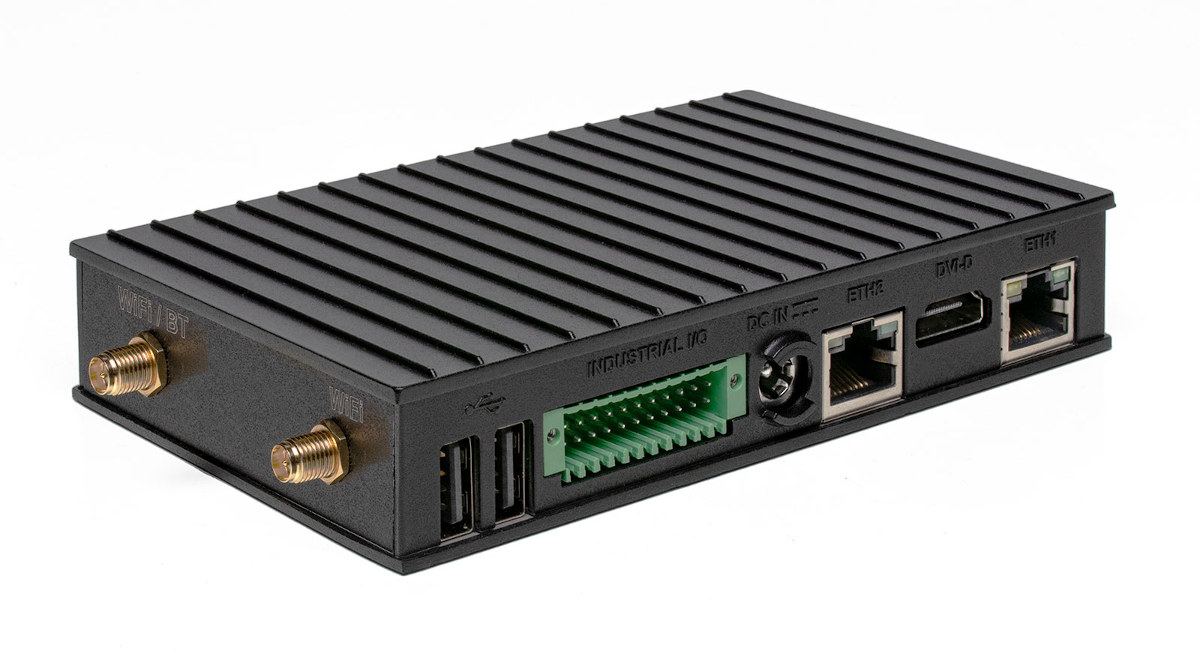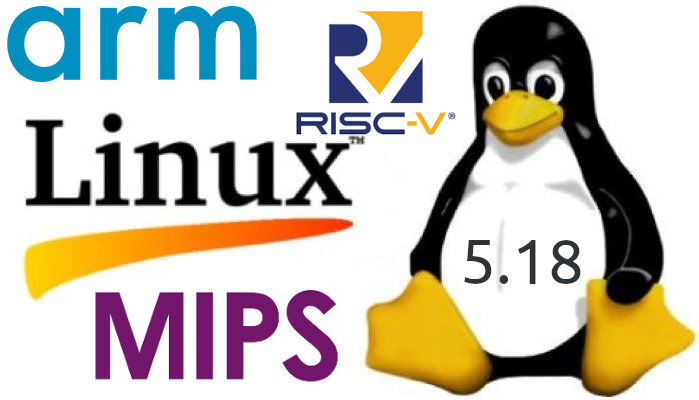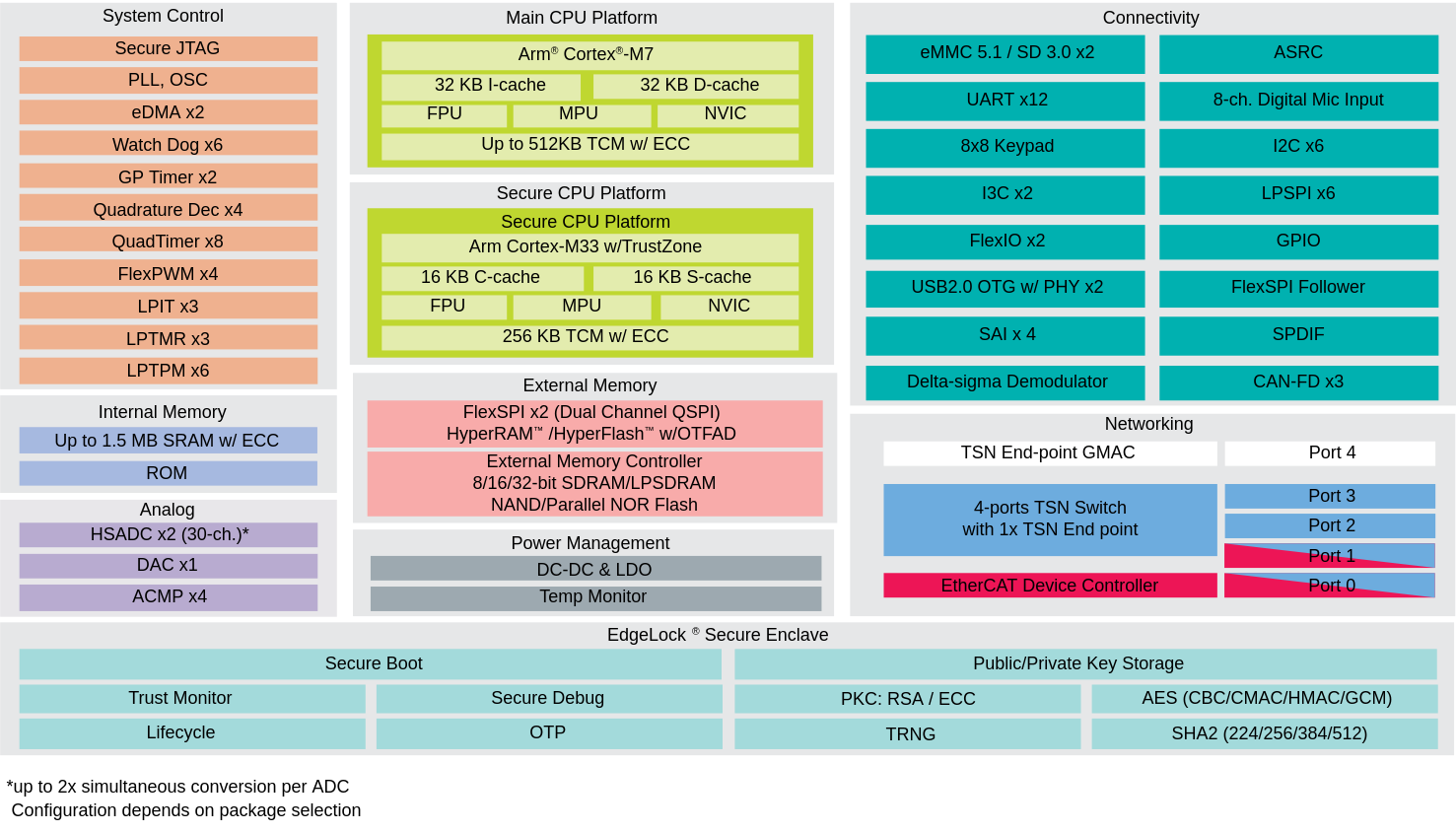Robustel has launched three Arm-based industrial IoT gateways namely the EG5100, EG5120, and LG5100 that offer 5G, 4G LTE, and/or LoRaWAN connectivity, and runs Debian 11-based RobustOS Pro Linux operating systems The edge gateways also feature two Ethernet ports, two RS232/RS485 ports for connection to industrial devices, digital inputs and outputs for simple monitoring and control, and support a wide 9 to 60V DC power input through a 2-pin terminal block. Robustel LG5100, EG5100, and EG5120 specifications: SoC/memory/storage LG5100 and EG5100 Unnamed quad-core Cortex-A7 processor @ 792 MHz (possibly NXP i.MX 7ULP) 512MB DDR3 8GB eMMC flash EG5120 Unnamed quad-core Cortex-A53 processor @ 1.6 GHz with 2.3 TOPS NPU (very likely NXP i.MX 8M Plus) 2GB DDR4 16GB eMMC flash, microSD card socket Connectivity LG5100 2x 10/100 Mbps Ethernet ports with support for 802.3af PD feature on eth0 LoRaWAN connectivity with 1x SMA antenna connector, support for EU868, AU915, CN470 […]
Linux 5.19 Release – Main changes, Arm, RISC-V and MIPS architectures
Linus Torvalds has just announced the release of Linux 5.19. It should be the last 5.xx version, with Linux 6.0 coming for the next cycle: So here we are, one week late, and 5.19 is tagged and pushed out. The full shortlog (just from rc8, obviously not all of 5.19) is below, but I can happily report that there is nothing really interesting in there. A lot of random small stuff. In the diffstat, the loongarch updates stand out, as does another batch of the networking sysctl READ_ONCE() annotations to make some of the data race checker code happy. Other than that it’s really just a mixed bag of various odds and ends. On a personal note, the most interesting part here is that I did the release (and am writing this) on an arm64 laptop. It’s something I’ve been waiting for for a _loong_ time, and it’s finally reality, […]
DEBIX Model A – A Raspberry Pi-inspired NXP i.MX 8M Plus SBC for AI applications
DEBIX Model A is a single board computer powered by an NXP i.MX 8M Plus quad-core Cortex-A53 processor with a 2.3 TOPS AI accelerator in a form factor that combines Raspberry Pi 4 and 3 Model B designs. The SBC comes with up to 6GB RAM, a microSD card slot, an optional eMMC flash of up to 128GB capacity, HDMI 2.0a, LVDS, and MIPI DSI display interfaces, a MIPI CSI camera interface, Gigabit Ethernet and WiFi 5 connectivity, plus a 40-pin GPIO expansion header. DEBIX Model A specifications: SoC – NXP i.MX 8M Plus quad-core Cortex-A53 @ up to 1.6 GHz (industrial) or 1.8 GHz (commercial), with Arm Cortex-M7 @ up to 800 MHz, Vivante GC7000UL 3D GPU, Vivante GC520L 2D GPU, 2.3 TOPS NPU System Memory – 2GB LPDDR4 (4GB/6GB optional) Storage – Default: Micro SD card; optional 8GB, 16GB, 32GB, 64GB, or 128GB eMMC flash Video Output HDMI […]
MNT Pocket Reform 7-inch modular mini laptop takes a range of Arm (and FPGA) modules
MNT Pocket Reform is an open-source hardware mini laptop with a 7-inch Full HD display, an ortholinear mechanical keyboard, and trackball, that follows the path of its older and bigger sibling: the MNT Reform 2 laptop initially launched with an NXP i.MX 8M quad-core Arm Cortex-A53 module. The new laptop will not only support a similar “NXP i.MX 8M Plus” module but also a range of other Arm modules namely an NXP Layerscape LS1028A module with up to 16GB RAM, the Raspberry Pi CM4 module via an adapter, Pine64 SOQuartz (RK3566, up to 8GB RAM), as well as based on AMD Xilinx Kintex-7 FPGA for industrial use. MNT Pocket Reform specifications: Available system-on-modules Standard: NXP i.MX 8M Plus quad-core Arm Cortex-A53 @ 1.8GHz with 4 or 8 GB DDR4, Vivante GC7000UL GPU, 2.3 TOPS NPU NXP Layerscape LS1028A dual-core Arm Cortex-A72 with 8 or 16GB DDR4, Vivante GC7000UL GPU Raspberry […]
MaaXBoard 8ULP SBC leverages NXP i.MX 8ULP Cortex-A35/M33 SoC for Edge audio and HMI applications
Avnet MaaxBoard 8ULP will be one of the first single board computers (SBC) based on the new NXP i.MX 8ULP Cortex-A35/M33 processor designed for Edge audio and HMI applications, and featuring NXP’s EdgeLock for device-to-cloud security. The board will come with 2GB RAM, 32GB eMMC flash, a MIPI DSI display connector, a MIPI CSI camera connector, Fast Ethernet and WiFi 5 connectivity, a digital microphone, and a 3.5mm stereo audio jack, and provide expansion capabilities via a 40-pin header for Raspberry Pi HATs and a 16-pin Shuttle Click header for MikroE Click add-on boards. MaaXBoard 8ULP SBC specifications: SoC – NXP i.MX 8ULP processor with 2x Arm Cortex-A35 core @ 1.0 GHz, 1x Arm Cortex-M33 real-time core @ 216 MHz, 1x HiFi 4 audio DSP @ 600 MHz, 1x Fusion DSP @ 200 MHz for low-power voice and sensor hub processing, as well as 2D and 3D GPUs and 768 […]
Arm Linux IoT gateway ships with up to 8GB RAM, offers dual GbE, 4G LTE, WiFi 6, BLE 5.3, GNSS connectivity
Compulab IOT-GATE-IMX8PLUS is a new Arm Linux IoT gateway powered by NXP i.MX 8M Plus SoC with up to 8GB RAM, 128GB storage, and plenty of connectivity options with dual Gigabit Ethernet, WiFi 6, Bluetooth 5.3 LE, and 4G LTE connectivity, as well as GNNS support and RS485/RS232 interfaces. The new IoT gateway builds upon theArm SystemReady IR certified IOT-GATE-IMX8 industrial gateway, but offers more RAM and storage, a 2.8 TOPS AI accelerator (in the NXP processor), improved connectivity, as well as a DVI-D port for video output. Compulab IOT-GATE-IMX8PLUS specifications: SoC – NXP i.MX8M Plus Quad or Quad-lite quad-core Arm Cortex-A53 processor @ up to 1.8 GHz with Arm Cortex-M7 real-time core @ 800 MHz, Vivante GC7000UL 3D GPU, Vivante GC520L 2D GPU, 1080p H.265/H.264 video decoder & encoder, HiFi 4 DSP, 2.3 TOPS Neural Processing Unit (NPU) System Memory – 1GB to 8GB LPDDR4 Storage – 16GB to […]
Linux 5.18 release – Main changes, Arm, RISC-V, and MIPS architectures
Linux 5.18 is out! Linus Torvalds has just announced the release on lkml: No unexpected nasty surprises this last week, so here we go with the 5.18 release right on schedule. That obviously means that the merge window for 5.19 will open tomorrow, and I already have a few pull requests pending. Thank you everybody. I’d still like people to run boring old plain 5.18 just to check, before we start with the excitement of all the new features for the merge window. The full shortlog for the last week is below, and nothing really odd stands out. The diffstat looks a bit funny – unusually we have parsic architecture patches being a big part of it due to some last-minute cache flushing fixes, but that is probably more indicative of everything else being pretty small. So outside of the parisc fixes, there’s random driver updates (mellanox mlx5 stands out, […]
NXP i.MX RT1180 Cortex-M7/M33 crossover MCU integrates GbE TSN for industrial IoT communication
NXP i.MX RT1180 is the latest member of the company’s i.MX RT Series crossover MCUss with application processor-like performance. The 800 MHz dual-core Arm Cortex-M7/M33 microcontroller is specifically designed for industrial IoT communication with a Gigabit Ethernet port supporting time-sensitive networking (TSN). NXP also highlights that it is the first crossover MCU to include an EdgeLock secure enclave that “eases the complexity of implementing robust, system-wide security intelligence for industrial IoT applications”, and the new processor aims to bridge the gap between existing industrial systems and Industry 4.0 system. NXP i.MX RT1180 key features and specifications: CPUs – Arm Cortex-M7 @ 800 MHz + Arm Cortex-M33 @ 240 MHz (Optional: single-core Arm Cortex-M33) On-chip Memory – Up to 1.5 MB SRAM (ECC protected) with 512 KB of TCM for Cortex-M7 and 256 KB of TCM for Cortex-M33 Memory & Storage I/F – 2x FlexSPI for HyperRAM or HyperFlash 8/16/32-bit SDRAM/LPSDRAM […]


